Kerala is popularly dubbed as ‘God’s own Land’. It is one of the most heavenly places in India, that offers wonderful memories. Thus, it comes as no surprise, that this picturesque state has an equally heavenly temple.
Sabarimala Temple in Kerala is visited by thousands of pilgrims every day. This temple is dedicated to Sree Ayyappa. A horde of devotees come every day through grave perils and hardship just to seek his blessings. The experience is extremely personal and spiritual. The journey itself is not easy, and only the true devotees can reach at the top to finally get a glance of Sree Ayyappa.
History of Sabarimala temple
The mythology behind the temple is an interesting one. It is believed that King Rajashekhara Perumal found an infant while he was crossing a forest. He and his queen were unable to conceive so this was seen as divine intervention. When the king looked at the infant, a holy sage appeared and told him that this child was not ordinary. He had divine powers, which will become evident when the boy turns 10. The king took the child home and named him Manikandan. Manikandan essentially means someone with a bell around their neck. This name was apt since when the king saw the infant in the forest, it had a tiny gold chain with a bell around his neck.
Manikandan or as he was later known as Ayyappa, was born out of the collaborative decision of Lord Shiva and Lord Vishnu. He was created to kill Mahisa- a demon woman who was wreaking havoc on the earth and among the Gods.
The queen was, however, jealous of Manikandan’s growth and powers and plotted to kill him. The ploy, however, failed and he went on to kill Mahisha and restore peace on earth and in heaven. Manikandan had requested his father to build a temple at the very spot where his arrow, using which he will kill the demon, will hit. That is how the temple in Sabarimala was erected.
The Journey and The Temple
Pilgrimage to Sabarimala is taken extremely seriously in some households. Many observe the 41 days Deeksha, wherein one has to give up- alcohol, meat, sex and has to wear only black clothes, go to the temple every morning and evening and even sing the Bhajans. Every staunch devotee sticks to these rules before heading to Sabarimala. There are many other rules- like showering in cold water before sunrise, sleeping on the ground or only having a meal once; that the devotees follow before embarking on a pilgrimage to Sabarimala temple.
Recommended: Sri Revana Siddeshwara Swamy Temple
On the last day of the Deeksha, a ritual called irumudi kettu(kattu) is followed. Ghee, coconuts and some incense sticks are kept inside a black bag with two side pockets, this black bag is called irumundi. The bag is then taken on the journey, but one has to ensure that the bag doesn’t touch the ground. The journey is absolutely magical.
People in groups travel together as they chant hymns and recite mantras. The atmosphere is electrifying and the energy is eclectic. One cannot help but feel the soothing hymns and the energetic bhajans seep through their spines and make them feel all devoted and spiritual.
The final leg of the journey starts from the base of the mountain where the river Pampa flows and it requires the devotees to climb 18 holy steps and then wait in the long line with other devotees to finally see Sree Ayyappa.
The temple is usually always crowded, and it is hard to even stand two seconds in front of the eloquent idol of Sree Ayyappa. The idol is beautifully adorned with jewels and is a sight to behold.
The temple is open to people of all faith, but, as of now, the temple still does not allow women of ages nine to eighty years inside the temple premises.
One can also choose to take a dip in the Pampa river, as it is believed to be one of the holiest rivers in India. The river is said to wash off all the sins from the human body and purify the soul.
The 18 steps hold symbolic values to human life. The first five steps are the five senses that a human possesses, the next eight are about the deadly sins that human can have, and the final three steps symbolise the values that we as humans should possess. Only after conquering these steps can one see God.
The visitors also receive mouth-watering prasadams (holy food) once they are done seeking blessings.
Fascinating Facts
Dress codes- Sabarimala devotees usually always wear black or blue coloured clothes. They also put a dash of sandalwood paste across their forward.
Bags- The bags with pockets are extremely important. The colour of the bags also signifies a deeper meaning. Red colour bags mean that this is the first journey, navy blue coloured bags are used till the third time, and finally, saffron bags are used to depict any journey to Sabarimala taken by someone more than three times.
Recommended: Ramanathaswamy Temple, Rameshwaram
Tips
- It’s better to avoid Sabarimala temple during public holidays and long weekends. It gets extremely crowded during that time.
- One should try to reach the river Pampa by morning. Trekking early morning when the heat is less makes the trek a little easier
- One should always have a leader or a guru. His instructions should always be followed, or one can mess up the various rituals
- Try to carry cash, since there are no ATMs around. The one that is there doesn’t work.
- The mobile network is sparse there, and hardly any network can be found.
There are also other holy temples in an around the Sabarimala Temple, which is stunning as well. One can visit those temples if one has time.

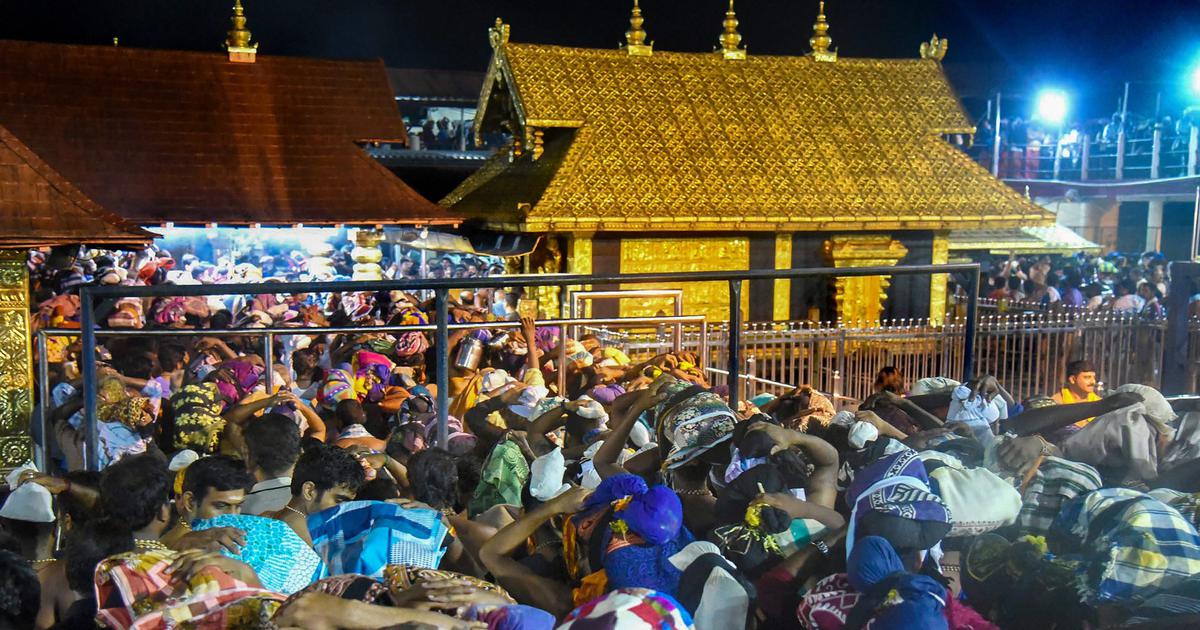
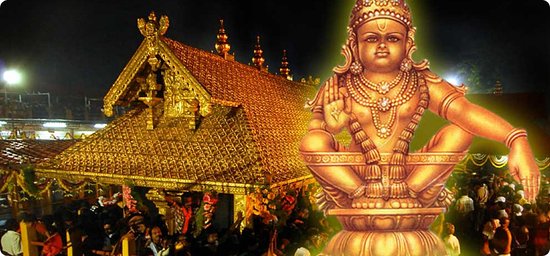
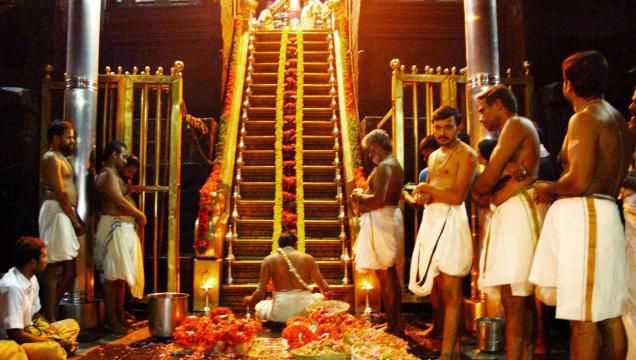
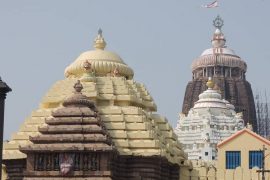
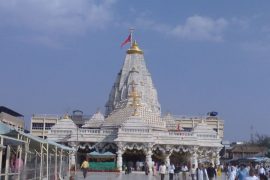
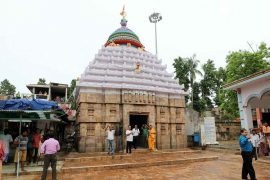
Comments are closed.